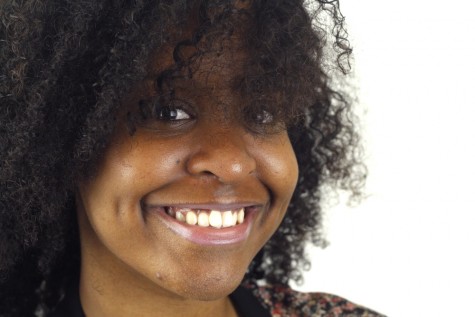Minority student enrollment declines
September 15, 2015
Racial minorities make up 26 percent of campus, a 1-percent increase from the previous semester, but the university shows evidence of a disparity and decline with individual classifications.
Minority students include American Indians, Latin Americans, African-Americans, Native Americans, Asian Americans and biracial students.
Mona Davenport, the director of minority affairs, said the strategy of recruitment was the same, but students were probably exposed to newer programs before applying. She said some of the programs the university has in place helped increase the amount of minority students.
The number of American Indian or Alaskan Native last fall was 21, and now it is at 20. The number of Asian American students is now 92, an increase of 12 from the previous semester.
Last fall, 1,500 African-Americans attended Eastern and that number declined by nearly 60. Latin American student enrollment went up by 27 students to 471 and nearly 200 students identify as two or more ethnicities on campus.
However, international students have seen growth with an increase of 7 percent this fall semester.
Kevin Vicker, the director of the office of international students and scholars, said tuition is one of the reasons Eastern is seeing an increase of international students.
This fall, 291 students on campus are international, up 39 percent from fall 2013. Only 141 international students attended the university 10 years ago.
Davenport said they have a program called Access Granted, which is meant to bring more students to campus for a week in February.
“What we do is bring students down so they get familiar with the institution and walk around and see the students,” Davenport said.
Davenport said programs like Access Granted help student build relationships and those newly formed bonds help students continue at the school and eventually graduate.
Davenport said a majority of students come in undecided and many African-Americans come for pre-nursing. She also said many minority students who graduate often get a degree in family and consumer sciences and communication studies.
“Some of our minority students probably are at a higher rate of financial aid,” Davenport said.
“The economy overall has a lot to do with all of these schools that are suffering and it has a lot to do with what is going on in the state of Illinois,” Davenport said. “I wonder how many of our students are really being affected by this.”
Davenport said many students worry about seeking financial assistance. She said academically, students are doing well, but because of the state budget, some students can be heavily affected.
“I think we’ll recover, it’s just going to take time,” Davenport said. “While we’re here we just have to do what is necessary to help our students graduate and that’s my main purpose on the campus, not just to admit them here, but make sure they walk across that stage.”
T’Nerra Butler can be reached at 581-2812 or at tabutler@eiu.edu
















![[Thumbnail Edition] Senior Foward Macy McGlone, getsw the ball and gets the point during the first half of the game aginst Western Illinois University,, Eastern Illinois University Lost to Western Illinois University Thursday March 6 20205, 78-75 EIU lost making it the end of their season](https://www.dailyeasternnews.com/wp-content/uploads/2025/03/WBB_OVC_03_O-1-e1743361637111-1200x614.jpg)





















































